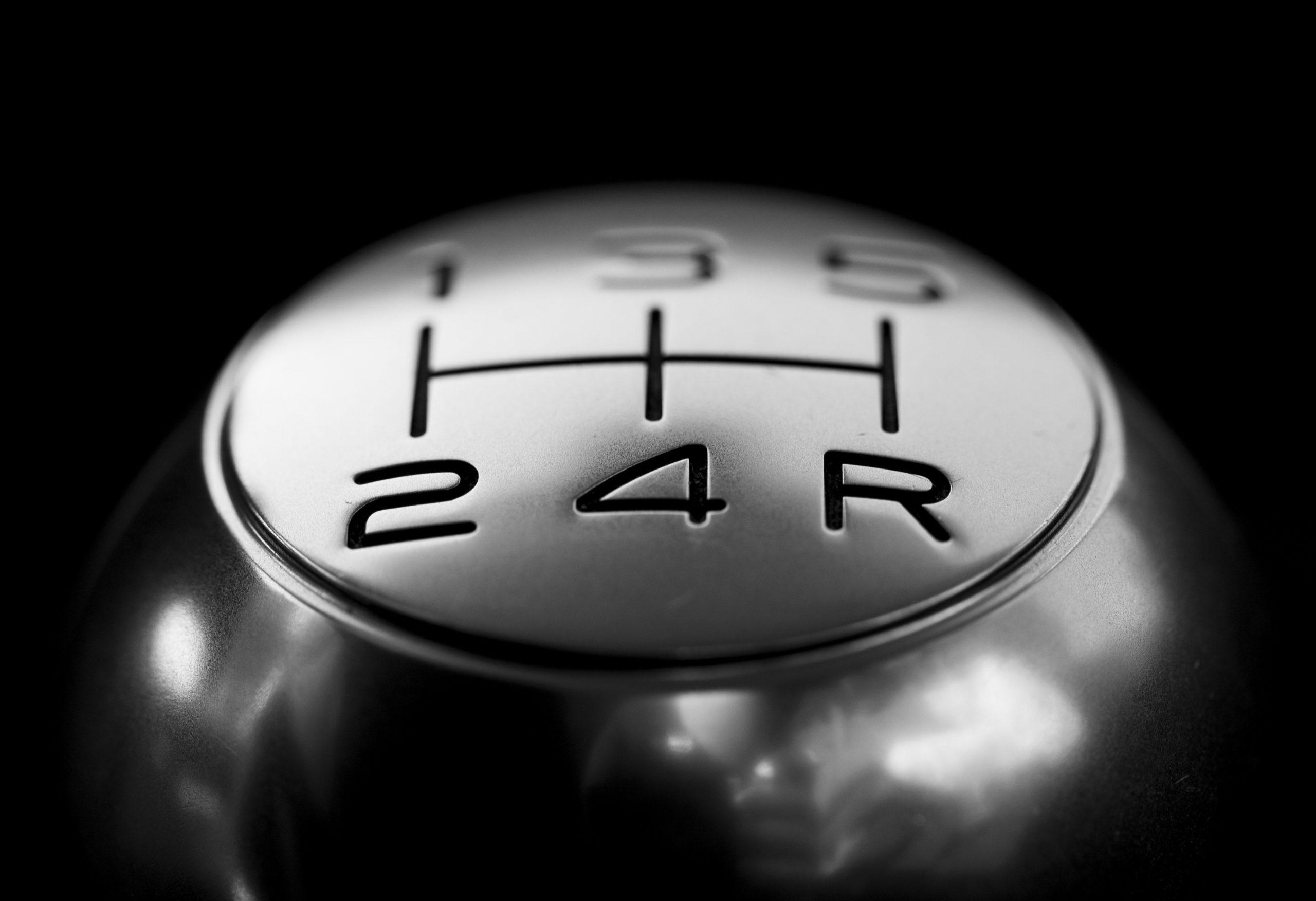Over the years, more drivers have opted for the convenience of automatic transmissions. That’s because automatic transmissions do not require as much effort in driving. But that’s exactly the reason why stick shift drivers choose manual transmissions – to have greater control and connection to their vehicle’s speed and performance.
Your vehicle’s transmission is probably one of the hardest working systems in the vehicle, and that means that there can be wear, tear, and damage that can impact the effectiveness of the system. Whether it’s high mileage, infrequent maintenance, or just plain abuse, your transmission is subject to a variety of problems.
In this month’s blog, we look at the common problems you may experience with your manual transmission, and some possible causes for transmission problems.
Common Manual Transmission Problems
| Problems | Possible Causes |
|---|---|
| Grinding noise during shifting – sometimes referred to as “gear clashing” | - Clutch adjustment problems - Gear set has a linkage issue - Low or incorrect transmission fluid |
| Vehicle jumps out of gear during operation | - High mileage vehicles tend to have this issue - Gear shifter is loose or there is damage with the shift linkage - Damaged bushings or transmission mount |
| Difficulty shifting gears | - Damaged or worn gear synchronizers, which are responsible for adjusting the speed of the drive shaft during shifting |
| Leaking or Low Manual Transmission Fluid | - If you detect a leak beneath the vehicle, or smell a burning smell, it is most likely a fluid leak - Fluid leaks can come from a faulty gasket or seal - Leaks should be addressed promptly with a service professional to avoid costly repairs or permanent damage to the manual transmission |
| Unable to change gears or stalling | - Improper use of the clutch or low transmission fluid can wear it down and degrade its functioning - If the clutch is worn or damaged, it will not engage properly with the drive shaft |
Maintenance for the Manual Transmission
The most important maintenance item for your vehicle’s manual transmission is to replenish and replace the transmission fluid. Most manual transmissions require a full fluid change every 30,000 to 60,000 miles driven. A lot of that depends on the type of driving you do, such as towing or carrying heavy loads. If you do heavy driving, then more frequent changes are advised.
Outside of having your fluid levels checked periodically, your manual transmission’s health is dependent on having good driving habits. Some important driving considerations you should implement include the following:
- Don’t ride the clutch – keep your foot off it when not in use
- Avoid jack-rabbit starts
- When stopped, do not keep the vehicle in first gear but keep it in neutral with your foot on the brake
- Do not rock back and forth when stopped with the clutch
- Put the vehicle in Park when turned off – do not keep it in neutral
- Keep your hand off the gear shifter when not using it.
If you notice issues with your manual transmission, contact us today at Best Western Transmissions to schedule an appointment. Our service professionals will inspect your vehicle and depending on any possible problems, make recommendations for repairs.

